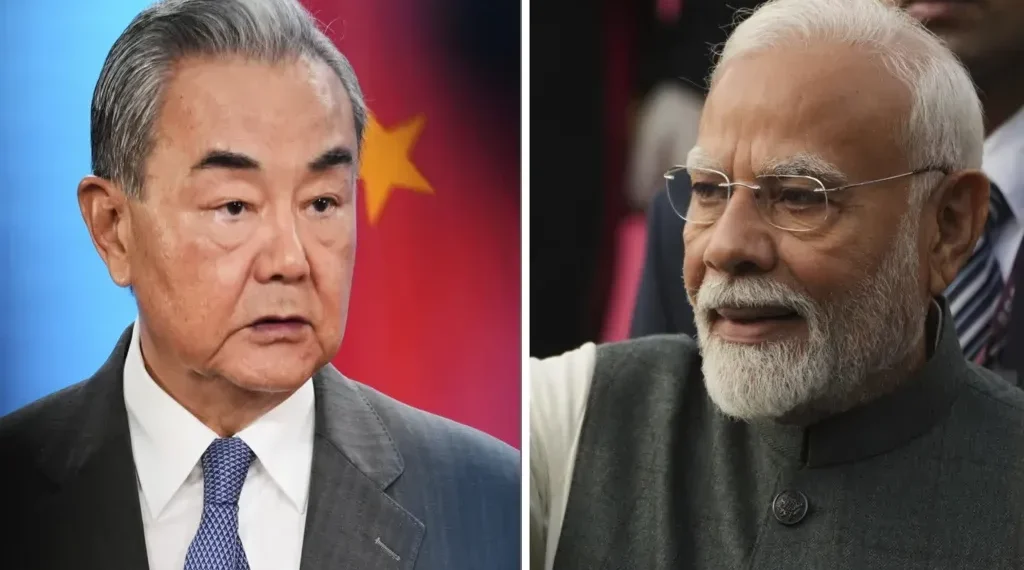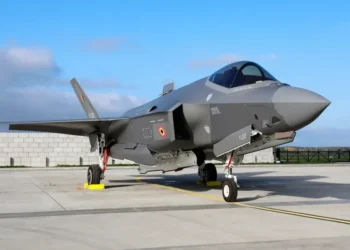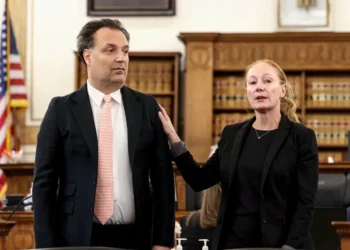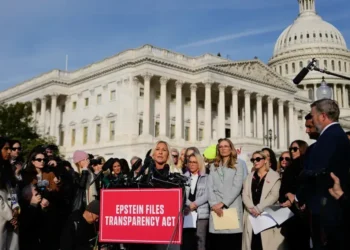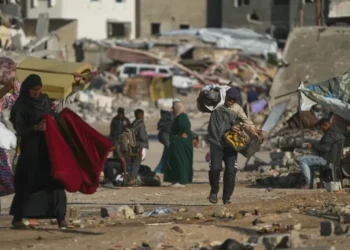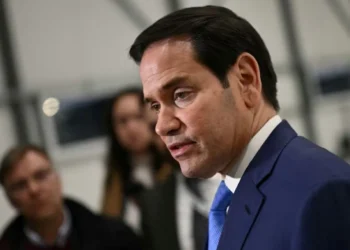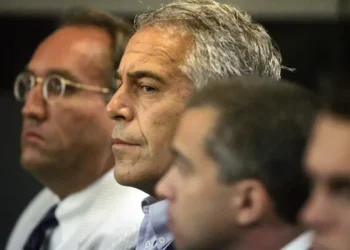India’s Modi Meets China’s Top Diplomat in Effort to Ease Border Tensions and Strengthen Relations
Published Time: 08-19-2025, 16:00
Indian Prime Minister Narendra Modi is meeting Chinese Foreign Minister Wang Yi to discuss longstanding border disputes, trade, and regional cooperation. The visit marks a significant step in the gradual normalization of ties between the two Asian powers following years of military and diplomatic tension.
High-Level Talks on Border and Trade
NEW DELHI — Chinese Foreign Minister Wang Yi arrived in India on Monday for talks with Prime Minister Narendra Modi and other senior officials. The discussions will focus on the disputed Himalayan border, troop reductions, and potential trade resumption along contested regions.
This meeting signals a thaw in relations between India and China, two nuclear-armed neighbors whose ties have been strained by military clashes, trade restrictions, and broader geopolitical dynamics.
“Reducing tension along the border and fostering economic cooperation are central to our discussions,” a spokesperson for India’s foreign ministry said.
Historical Context of India-China Relations
The India-China border dispute has existed for decades but escalated dramatically in 2020 when a deadly clash in the Ladakh region resulted in casualties on both sides. Since then, relations cooled, affecting trade, air travel, and diplomatic exchanges, with tens of thousands of troops deployed along the border.
Progress has been gradual. Last year, both countries agreed on a pact to improve border patrol coordination and withdrew additional forces from certain areas. Infrastructure projects, including road and rail networks, continue on both sides to strengthen border management.
Recent months have also seen increased official visits, discussions on easing trade restrictions, and resuming pilgrimages. In June, Chinese authorities allowed Indian pilgrims to visit holy sites in Tibet, reflecting cautious steps toward rebuilding trust.
Political Analysis: A Delicate Balance
Manoj Joshi, a fellow at the Observer Research Foundation in New Delhi, noted that normalization remains fragile.
“Settling the boundary issue between the two countries requires political compromise at the highest level,” Joshi said, adding that both nations are still negotiating key aspects of border management.
Ahead of his meeting with Modi, Wang Yi met India’s National Security Adviser Ajit Doval to discuss pathways for strengthening bilateral relations.
Wang emphasized, “The setbacks we experienced in the past few years were not in the interest of the people of our two countries. We are heartened to see the stability that is now restored in the borders.”
China’s Foreign Ministry spokesperson Mao Ning highlighted that Wang’s visit aims to “properly handle differences and promote the sustained, sound and stable development of China-India relations,” particularly in border regions.
Modi’s Upcoming Visit to China
The renewed engagement follows a meeting between Modi and Chinese President Xi Jinping last October at a summit of emerging economies in Russia. This was their first in-person discussion since 2019.
Modi is scheduled to visit China later this month for the Shanghai Cooperation Organization (SCO) summit, marking his first trip to Beijing in seven years. The summit brings together China, Russia, and other regional powers to discuss security, economic cooperation, and counterbalancing U.S. influence in Asia.
Xi previously described relations with India as a “dragon-elephant tango,” symbolizing the countries’ complex, intertwined relationship. India’s External Affairs Minister also made his first visit to Beijing since 2020 earlier this year, signaling ongoing diplomatic engagement.
U.S. and Pakistan Influence on India-China Relations
The timing of the India-China rapprochement coincides with strained relations between New Delhi and Washington. U.S. President Donald Trump imposed a 50% tariff on Indian goods, including a 25% penalty on Russian crude oil purchases, effective August 27.
India has responded by strengthening economic ties with Russia rather than yielding to U.S. pressure. Meanwhile, Trump’s engagement with Pakistan has indirectly encouraged India to pursue closer cooperation with China, according to Lt. Gen. D.S. Hooda, former head of India’s Northern Command.
In June, Trump hosted Pakistan’s army chief at the White House and facilitated an energy deal with Islamabad. These developments followed military clashes in May between India and Pakistan, where Pakistan used Chinese-made jets and missiles, highlighting Beijing’s influence in regional security.
“China is heavily invested in Pakistan, and Beijing will likely continue its support,” Hooda said. “India cannot simultaneously manage hostile neighbors on both borders without engaging China strategically.”
Steps Toward Regional Stability
The Modi-Wang talks represent cautious but significant progress in reducing tensions along the 3,488-kilometer (2,167-mile) India-China border. Discussions include reopening trade routes, easing visa restrictions for business travelers, and restoring direct flights.
Officials from both countries have emphasized dialogue and high-level political compromise as essential for resolving lingering disputes. Analysts suggest that while normalization is underway, both India and China remain cautious in their approach to ensure stability while protecting national interests.
“The stability along the border is critical for economic and strategic reasons,” Joshi said. “Both countries recognize the importance of managing differences pragmatically while maintaining dialogue at the highest level.”
This article was rewritten by JournosNews.com based on verified reporting from trusted sources. The content has been independently reviewed, fact-checked, and edited for accuracy, neutrality, tone, and global readability in accordance with Google News and AdSense standards.
All opinions, quotes, or statements from contributors, experts, or sourced organizations do not necessarily reflect the views of JournosNews.com. JournosNews.com maintains full editorial independence from any external funders, sponsors, or organizations.
Stay informed with JournosNews.com — your trusted source for verified global reporting and in-depth analysis. Follow us on Google News, BlueSky, and X for real-time updates.
